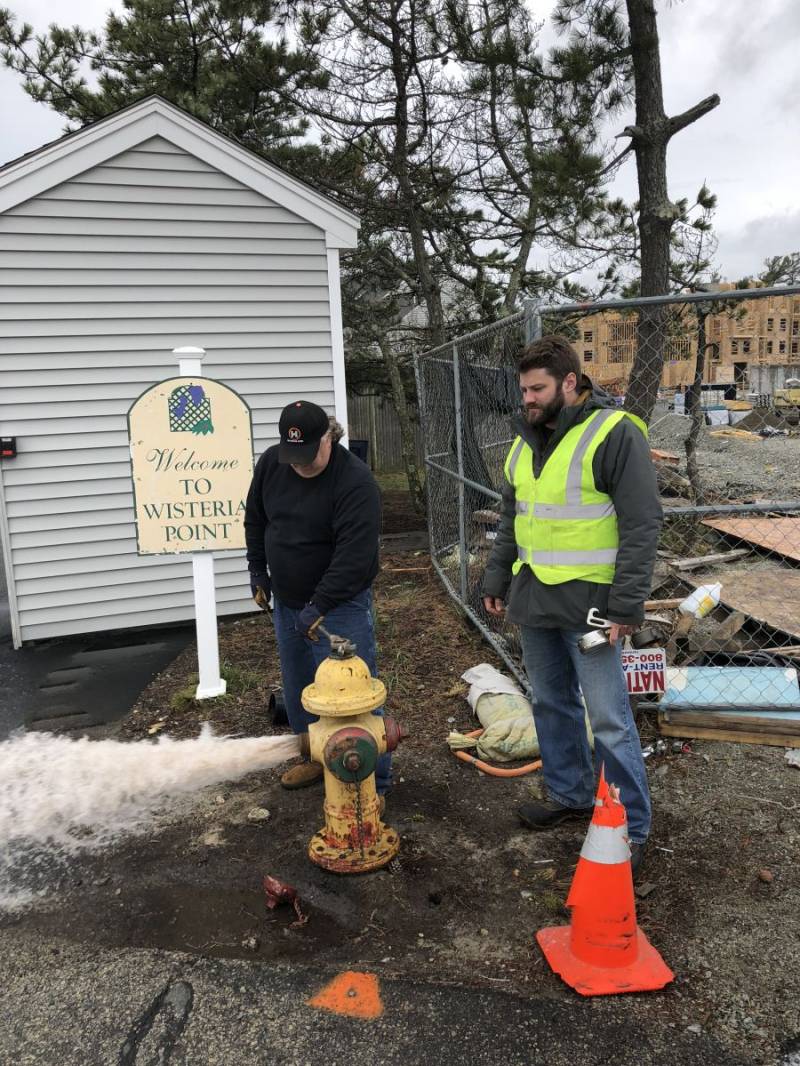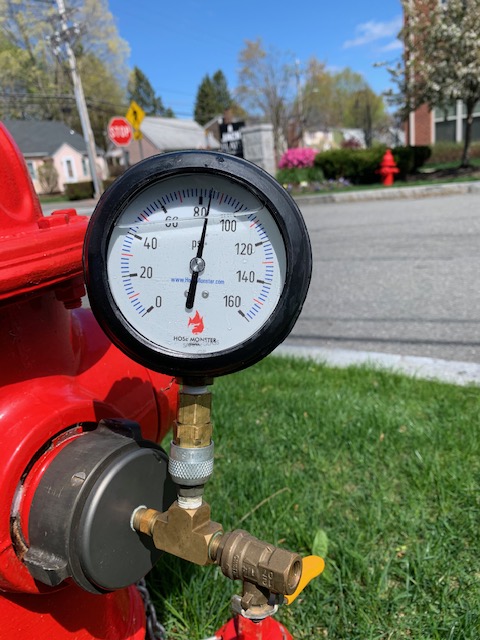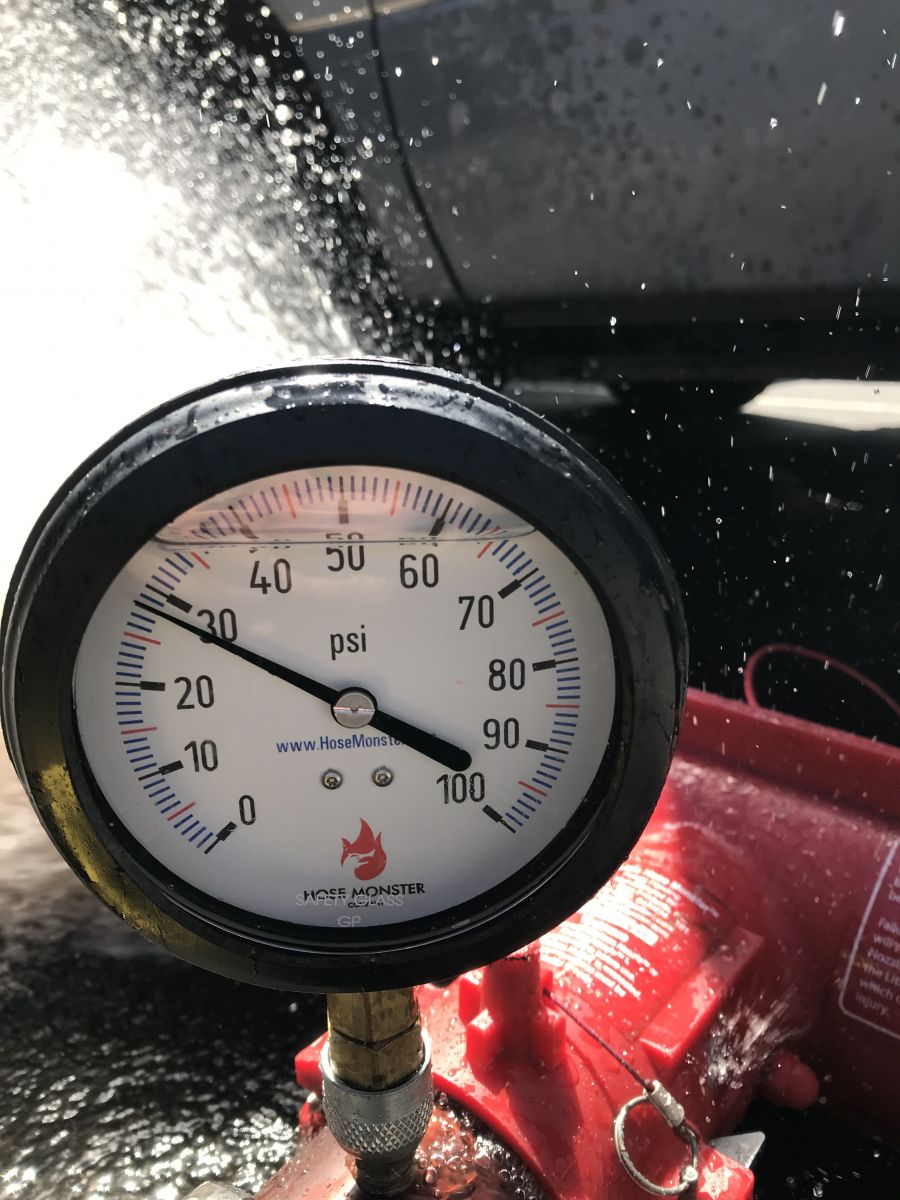
For a new residential or commercial building program, a hydrant flow test is required. A hydrant flow test determines the water availability for firefighting activities, fire sprinkler systems, or domestic water demand. The tests are also useful in determining the general condition of the water distribution system.
The data that’s collected is used for two important purposes:
- Identifying deficiencies in the water distribution system such as low pressure or low capacity that would affect the building’s water supply.
- Uncovering anomalies in the water distribution system such as blockages or damaged/closed gate valves.
The specific test is performed by one of A&M’s Project Engineers in conjunction with the local water department. The test utilizes special equipment that when connected to a hydrant measures static (non-flowing) and residual (flowing) pressure, as well as the rate of discharge in gallons per minute (GPM) of each fire hydrant.
These tests are typically required to be performed during evening non-peak hours around 9:00 p.m. when water usage is at a low point. Weather plays a role as well since testing should only be performed when temperatures are above freezing to avoid icing on adjacent pavement surfaces. Although the tests are performed as quickly as possible, the hydrant may release thousands of gallons of water before the test is complete. A&M’s engineers are always careful to consider where the discharge water is going to avoid damage to adjacent properties.
Once the results of the flow test are in hand, the design team can develop a plan to meet the building’s water supply needs using the available water pressure and capacity in the municipal system. This may involve booster pumps or upgrades to the existing water system. In any case, the hydrant flow test is a critical data point in any project with water needs.
|
|
 |
.JPG) |
 |
.jpg)
